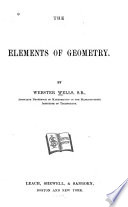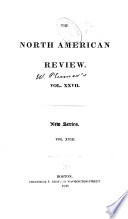 | Webster Wells - Geometry - 1886 - 166 pages
...area AC' = DE X AA' + EF X AA' + etc. = (DE + EF + etc.) X AA'. 521. COROLLARY. The lateral area of a right prism is equal to the perimeter of its base multiplied by its altitude: PROPOSITION III. THEOREM. 522. Two prisms are equal when the faces including a triedral angle of one... | |
 | Webster Wells - Arithmetic - 1893 - 390 pages
...any text-book on Solid Geometry: 1. The lateral area of a right prism (or rectangular parallelopiped) is equal to the perimeter of its base multiplied by its altitude. 2. The volume of a prism (or rectangular parallelopiped) is equal to the area of its base multiplied... | |
 | Walter Burton Ford, Charles Ammerman - Geometry, Plane - 1913 - 376 pages
...perimeter of PQRS T multiplied by AA'. Why ? That is A = p, x e. 278. Corollary 1. The lateral area A of a right prism is equal to the perimeter of its base multiplied by a lateral edge ; or A = pb xe, where pb denotes the perimeter of the base, and e denotes a lateral... | |
 | Walter Burton Ford, Charles Ammerman - Geometry, Solid - 1913 - 184 pages
...perimeter of PQRST multiplied by AA'. Why ? That is A = p r X e. 278. Corollary 1. The lateral area A of a right prism is equal to the perimeter of its base multiplied by a lateral edge ; or A = p b x e, where p b denotes the perimeter of the base, and e denotes a lateral... | |
 | Walter Burton Ford, Charles Ammermann - Geometry, Modern - 1923 - 406 pages
...perimeter of PQRST multiplied by A A'. Why ? That is A = p, X e. 278. Corollary 1. The lateral area A of a right prism is equal to the perimeter of its base multiplied by a lateral edge; or A = Pi, X e, where p,, denotes the perimeter of the base, and e denotes a lateral... | |
 | Jared Sparks, Edward Everett, James Russell Lowell, Henry Cabot Lodge - American fiction - 1828 - 620 pages
...multiplied by its altitude. Now it has already been demonstrated, lemma 620, that ' the convex surface of a right prism, is equal to the perimeter of its base multiplied by its altitude.' Admitting, then, our principle, the convex surface of a cylinder will consist of an infinite number... | |
| |